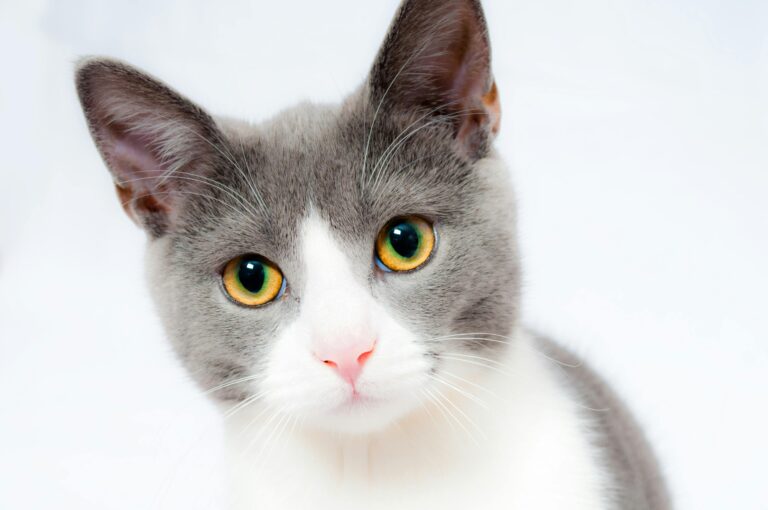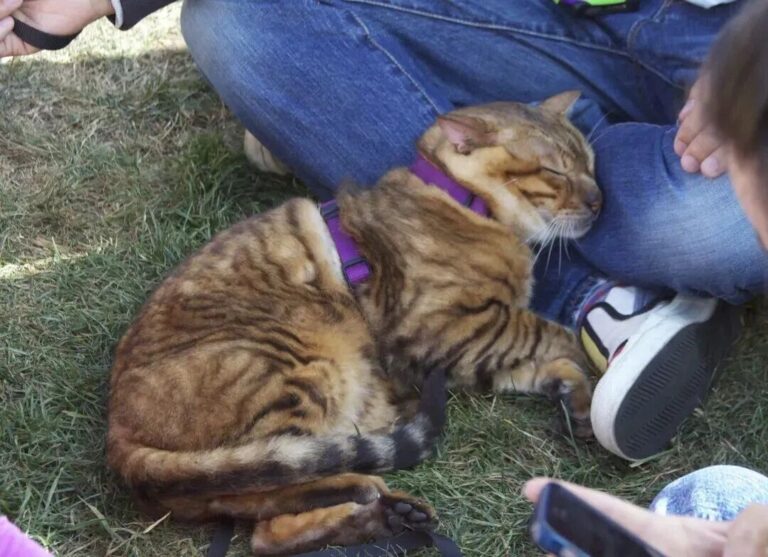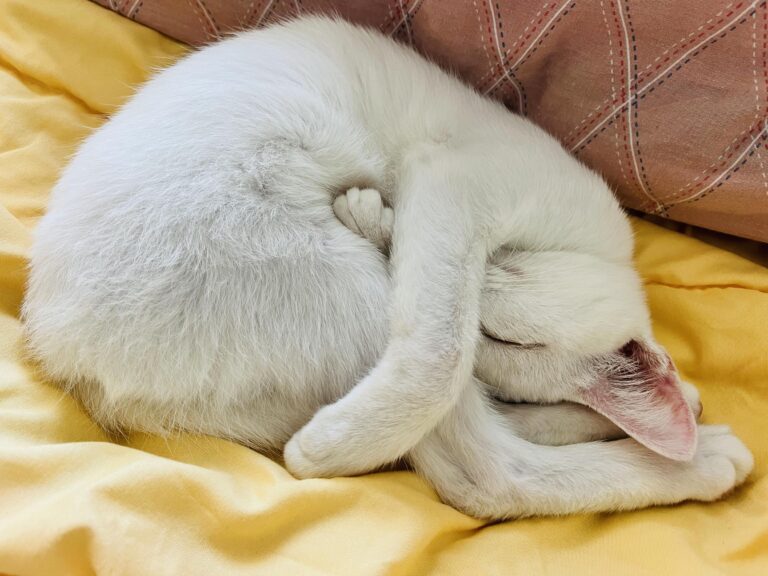Is it normal for cats to not eat or drink after moving?
Moving is inevitable for modern people, but for cat owners, moving isn’t so simple. For cats, moving means a complete change of environment. This dramatic change can cause severe stress reactions, manifesting as refusing to eat or drink, hiding, or even illness. Today, we’ll share five essential measures to combat post-move stress in cats, helping them transition safely to their new environment and protecting their health.

Scent-soothing packs: Restore a sense of security.
Moving old items: Prioritize moving used blankets, beds, toys, and other items with familiar scents to your cat’s new home, placing them in a quiet corner. Cats use scent to identify their safe territories, and old items can alleviate over 70% of environmental anxiety.
Owner’s clothing:
Place your cat’s old clothing (especially pajamas) so that the familiar human scent can build trust.
Gradual Space Opening: Control the Pace of Exploration
Do you remember when you first bring your cat home, you’re told to start small and acclimate them to their new surroundings? This process is repeated in a completely new environment, helping your cat adapt better.

First Day of Quarantine: Confine your cat to a small room (such as a bathroom or bedroom) and provide only basic resources (food bowl, water bowl, litter box). A small space can reduce anxiety and prevent excessive hiding.
A 3-day gradual approach: Day 1: Only the isolation room is open, and the room remains quiet. Days 2-3: Open the door and allow the cat to explore independently, but do not over-interfere. Days 4+: If the cat’s behavior stabilizes (e.g., eating normally), gradually open more areas.
High shelter: Set up a climbing frame or cardboard box in the new home so the cat can overlook the surroundings and strengthen their sense of control.
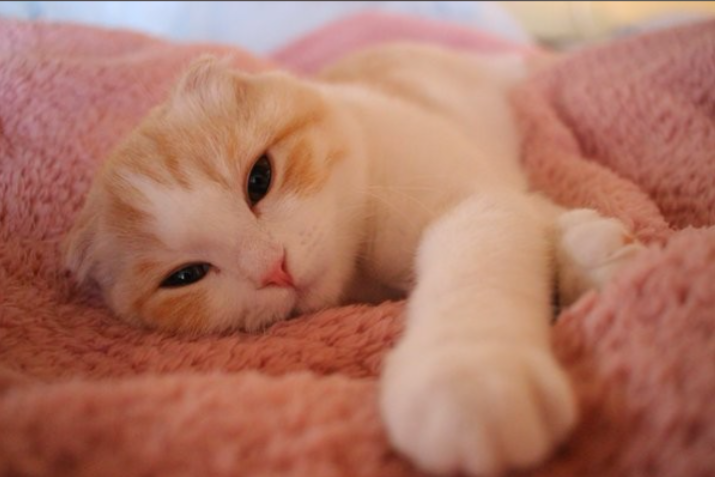
Dietary Induction: Addressing Food Refusal
Heating Food: Warm wet or canned food to 38°C (close to body temperature) to enhance its appeal. This increases the success rate by 40% for cats experiencing stress-induced anorexia.
High-Value Food: Offer your cat’s favorite treats (such as freeze-dried food or cat food strips), or add a small amount of tuna juice or catnip to stimulate appetite.
Syringe Feeding: If your cat hasn’t eaten for 24 hours, use a syringe (without the needle) to feed liquid nutritional paste or reconstituted dry food paste to prevent fatty liver disease.

⚠️Note: If your cat hasn’t eaten for more than 48 hours, seek medical attention immediately, especially if your cat is obese.
Stress Health Monitoring: Preventing Illness
Basic Checklist:
Urination/Defecation: Record frequency and pattern daily (stress can easily trigger FIC cystitis or constipation);
Respiratory Rate: Normal is 20-30 breaths/minute; persistent rapid breathing may indicate pain or anxiety;
Mucous Membrane Color: Pale gums or jaundice require urgent medical attention.
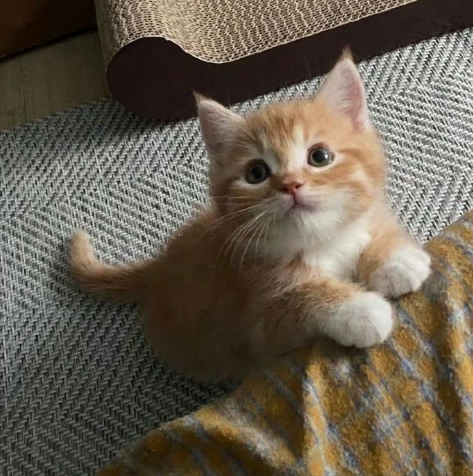
Medication:
Probiotics: Relieve stress-induced gastrointestinal disturbances (e.g., Saccharomyces boulardii);
Veterinary Prescription Medications: Short-term use of antianxiety medications (e.g., gabapentin) may be recommended for severe anxiety, but professional evaluation is required to avoid inappropriate medication use.
Behavioral Reconstruction Plan: Long-Term Adaptation Strategy
Regularity: Establish fixed feeding and interaction times to enhance environmental predictability. Cats are three times more sensitive to changes in their schedules than humans.
Interaction Principles: Do not force contact: Wait for the cat to approach you, then use toys (such as feather wands) to induce interaction. Communicate softly: Avoid sudden noises and speak in a steady tone.
1-2 Week Exclusion Period: Keep your cat away from the house (including the balcony) for at least one week after moving to prevent it from escaping to its old home if it gets lost.

⚠️Emergency Identification⚠️
The following symptoms require immediate medical attention:
Persistent vomiting/diarrhea;
Frequent urination without urine or blood in the urine;
Complete refusal to eat for more than 48 hours;
Hiding for more than 3 days with trembling/drooling.

Support Tools
Camera Monitoring: Observe your cat’s activities remotely to avoid frequent home visits;
“Scent Transfer” from the old home: If possible, bring a small amount of cat litter or dust from the old home and mix it into the new litter.
With these measures, most cats can adjust to their new home within 1-2 weeks. If stress persists for more than 14 days, it is recommended to consult a professional for an assessment and targeted assistance.
📌 Key Tips:
Minimize disturbance for your cat 24 hours before the move. Use a covered airline crate during transport. Playing soothing music (such as classical music) during transportation can significantly reduce stress during travel.

